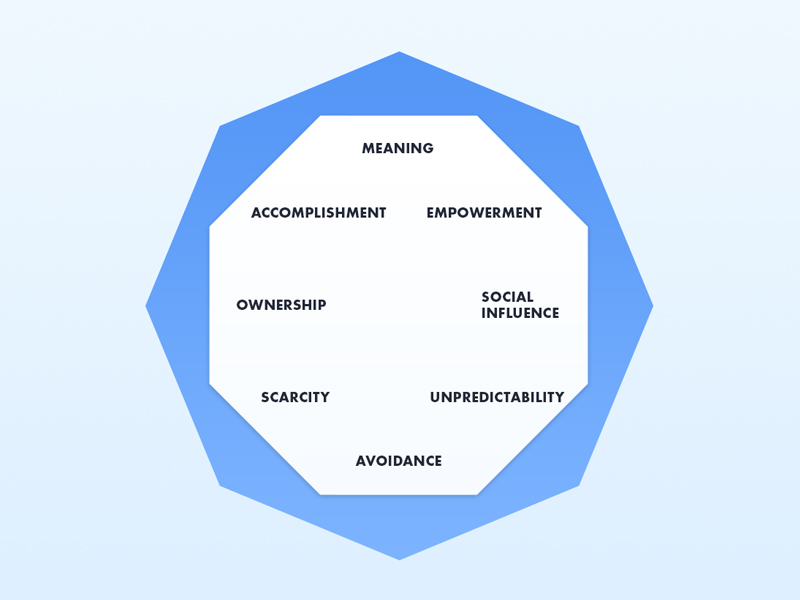
Creating Tools for the COLLABORATION TOOLKIT

Now that we looked at different social issues, different methods of collaboration and brainstormed some ideas, this week we are looking at tools and process of how we can execute these ideas and work together as on team. This week also marks the end of the second brief for this module.
This week’s lecture was relatively shorter in comparison to previous weeks. We have more time to work on the final outcome for this week. The lecture was presented by Dan and Nana Perry from Metier Digital. In this lecture they talk about the importance of collaboration, which is a recurring topic in the past four weeks, as well as how a collaborative toll or process can be created. In their words, collaboration is the key to success in a project, and I agree. Collaboration strengthens ideas and brings out the best in people. In addition, when working together (especially remotely) people are more likely to pick up the pace and do their part. Apart from the fact that a job needs to be done, no one wants to be that person who holds everyone else back.
Following on the working remotely trait… as a collaborative team may not be working with in reachable proximity from another, the importance of well-designed and efficient tools is imperative. As in certain cases it may be that teams even work in different time zones, time cannot be spared to deal with minor setbacks such as software not working properly. These days, we saw first-hand the benefits and drawbacks of working remotely. This is a “once in a lifetime” opportunity to see how far we can push the envelope in this regard. We can see the limitations, improve on them and discard what is definitely not working.
On a different note, Dan and Nana also talk about the business aspect when creating such a tool or process. As it was also tackled in the first week, it is important to do a competitor analysis as well as a target market analysis. By analysing the market, you are more likely to create a product that the people would use. As for the competitors, you can see were they are succeeding and where they are failing. To this, you can tap onto their failures and see if you can solve them with your new tool or process. In addition, costs for production and scaling are important. It is important to identify the production cost as well as selling price. Depending on who your target market is, you need to make sure that they can afford to buy it.
About this Week’s Project…
Following on the ideas I had last week, I am exploring the idea of creating a virtual world for creatives. The past couple of days I was reading about Gamification. In its core concept gamification is the conversion of ‘function focused’ design to ‘human focused’ design. I found an article on Toptal (link to article here) were it gives a thorough explanation of what Gamification is. Quite an interesting read indeed. It is mostly focused on games, but there is also a section about The Octalysis Framework. Invented by Yu-Kai Chou, this is a framework made up of 8 core-drives that motivate people in different ways that together make up what we understand by ‘gamification’ and ‘human-focused’ design. People do things for a reason, therefore it is important to people understand what they are doing and why they are doing it. This is what makes a product successful.

In a nutshell, the 8 core drives are:
- An epic meaning – the drive where people are motivated because they believe they are engaged in something that is bigger than themselves.
- Development and accomplishment – the internal drive of making progress, developing skills and overcoming challenges and feeling a sense of accomplishment.
- Empowerment of creativity and feedback – empowerment of creativity and feedback relates to when users are engaged in a creative process. Freedom to express their creativity, get feedback and make adjustments are examples of involvement.
- Ownership and possession – feeling of ownership makes users want to engage more, improve and personalize. In real life, this motivates us to make money but not just… there is also the sentimental value. This includes collecting cards or customising desktops.
- Social influence and relatedness – Social influence is related to activities inspired by what other people do, think or say. Basically, it is what every social media platform is built on. Relatedness centers on emotional association and feelings of nostalgia such as meeting an old friend or finding a product that bring back memories of childhood.
- Scarcity and impatience – these motivate people in such a way that it makes them want something more.
- Unpredictability and curiosity – people are curios beings. Even though the future cannot be predicted, people always wonder what happens next.
- Avoidance and loss – the fear of losing is a motivator in itself. It is undesirable so it motivates people to avoid it.
It was indeed an interesting read. However, I also shared this here I think that it is good to keep these points in mind during the ideation process. In addition, the article included a serious of questions that can double as a checklist or an exercise to spark creative thinking in the right direction.
Below are some of the notes I made over the weekend:

My idea is circling around the concept of bringing designers together, especially in such trying times. The sense of loneliness has increased in the past few months, and isolation was mandatory and encouraged at times, which is not natural. In addition to this, stress can contribute to creative blocks and burnouts. With this community concept – I still need to consolidate my ideas for this project – designers can easily login to this virtual world and talk about whatever is stressing them out. There can even be mentors in this virtual world to help guide one another. Should be an interesting week ahead.





